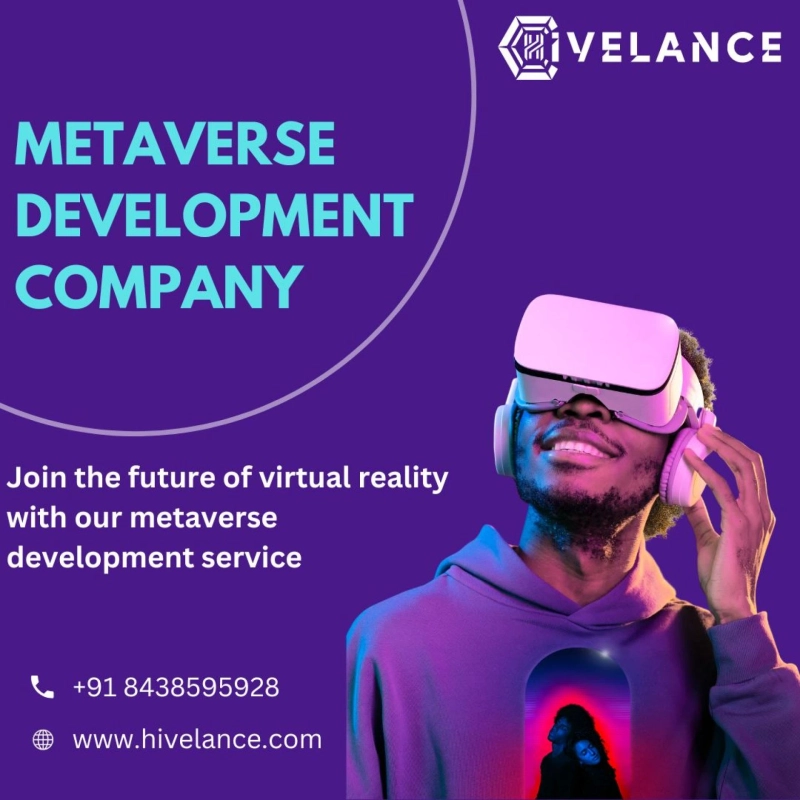Metaverse Development:
The concept of a Metaverse, a virtual reality universe where users can interact with each other and the environment, has been around for decades. However, with advancements in technology and the rise of cryptocurrencies, the idea of creating a Metaverse platform has become more feasible than ever before. Developing a Metaverse platform requires a combination of technical expertise, creativity, and an understanding of user behavior. In this blog, we will explore the steps involved in developing a Metaverse platform.
Step 1: Define the Purpose and Objectives:
The first step in developing a Metaverse platform is to define the purpose and objectives of the platform. Is the platform designed for entertainment, education, or social interaction? Who is the target audience, and what kind of experience do you want to provide to them? Defining the purpose and objectives will help you to identify the features, functionalities, and content that will be required.
Step 2: Design the Architecture:
Once the purpose and objectives are defined, the next step is to design the architecture of the Metaverse platform. This includes deciding on the hardware and software requirements, as well as the development tools and programming languages that will be used. It is essential to consider scalability, security, and user experience while designing the architecture.
Step 3: Develop the Backend Infrastructure:
The backend infrastructure is the backbone of the Metaverse platform. It includes the servers, databases, and APIs that enable communication between different components of the platform. The backend infrastructure must be robust, scalable, and capable of handling a large number of users simultaneously.
Step 4: Create the Frontend Interface:
The frontend interface is the user-facing part of the Metaverse platform. It includes the user interface, graphics, animations, and other visual elements that users interact with. Creating an engaging and immersive frontend interface is crucial for the success of the platform.
Step 5: Implement Security Measures:
Security is a critical aspect of a Metaverse platform. As the platform will involve financial transactions and personal information, it is essential to implement strong security measures to protect users' data and prevent unauthorized access. Implementing encryption, two-factor authentication, and other security protocols will ensure that the platform is secure.
Step 6: Test and Debug the Platform:
Once the platform is developed, it is crucial to test and debug it thoroughly. This includes identifying and fixing any technical issues, ensuring that the platform is user-friendly, and verifying that all security measures are working correctly. Testing and debugging the platform will ensure that it is stable and reliable.
Step 7: Launch the Platform:
The final step is to launch the Metaverse platform. This involves marketing the platform to the target audience, providing user support, and monitoring the platform's performance. Launching the platform successfully requires careful planning and execution to ensure that it gains traction and becomes a popular destination for users.
Conclusion:
In conclusion, developing a Metaverse platform requires careful planning, technical expertise, and a deep understanding of user behavior. By following these steps, you can create a platform that provides an immersive and engaging experience for users while ensuring that it is secure, scalable, and reliable.
Why Hivelance for develop your Metaverse Platform development?
Hivelance is pioneer in metaverse development services, Hivelance has a large network of talented professionals with expertise in various areas of metaverse platform development, including virtual world design, blockchain integration, and game development. Hivelance offers businesses the flexibility to scale their development team up or down as needed. Businesses can hire freelancers on a per-project basis or for ongoing work, depending on their needs.


